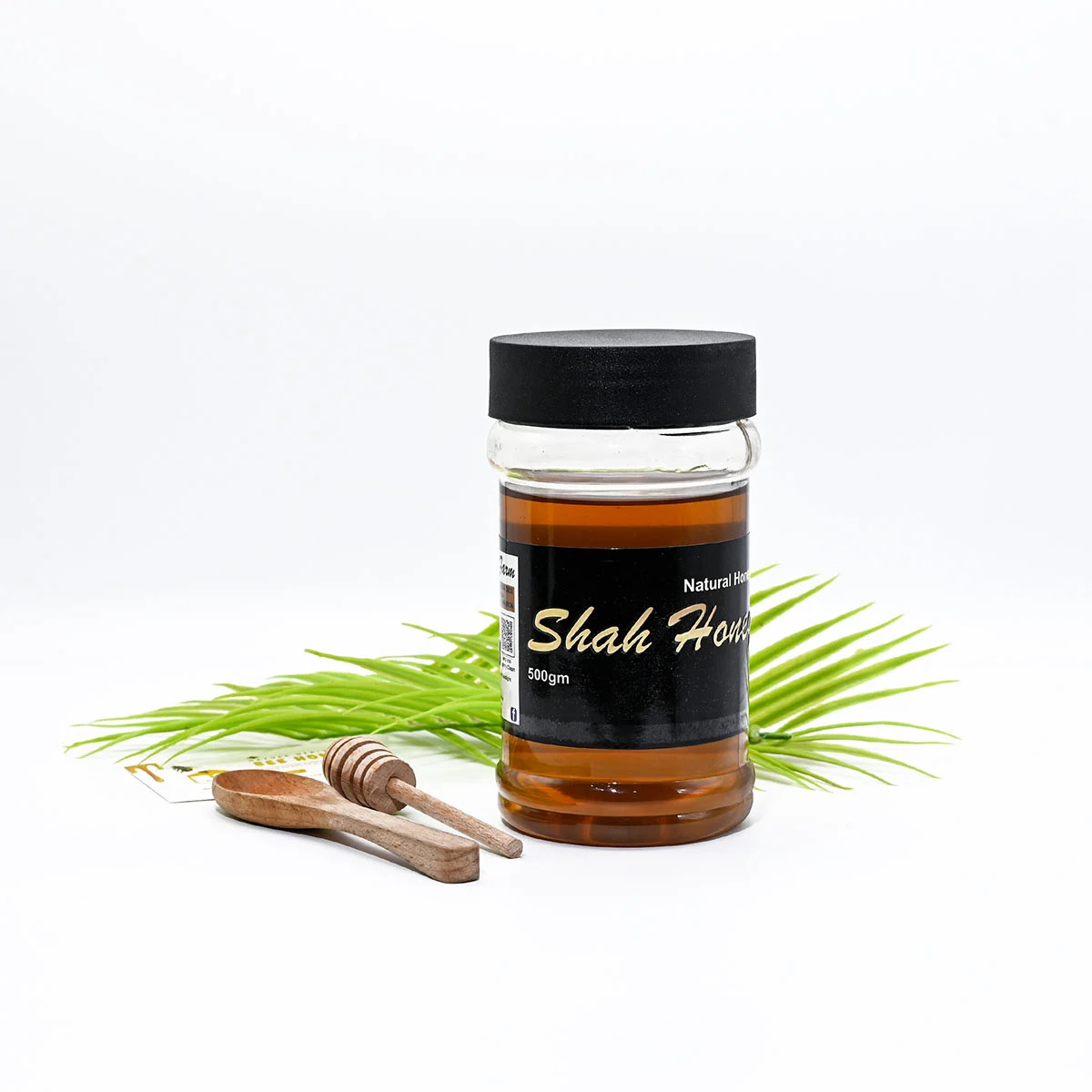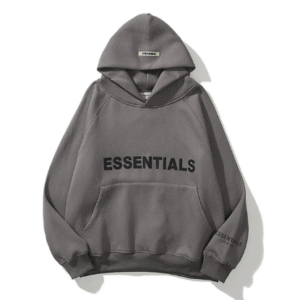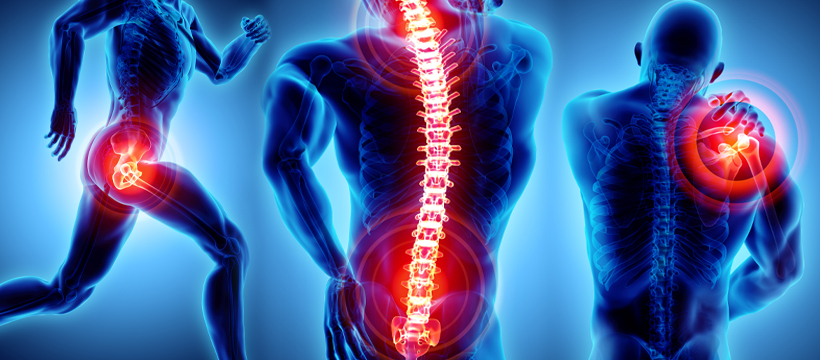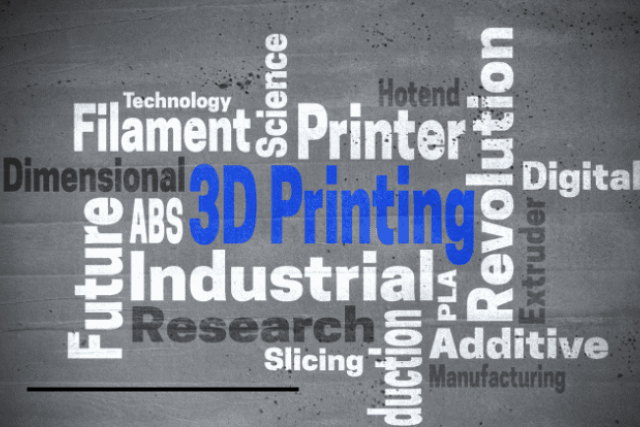Arabic geometric design is a key element in Middle Eastern architecture. It reflects a deep cultural history, often associated with Islamic art and traditional craftsmanship. In Dubai, modern architecture frequently blends tradition with innovation.
As a result, 3D printing has become a popular method to recreate intricate Arabic patterns on wall panels. This article explores how 3D printing in Dubai is used to mimic these traditional designs in both residential and commercial interiors.
The Importance of Arabic Geometric Patterns in Dubai Interiors
Traditional Arabic geometric patterns are based on repetition, symmetry, and balance. They include stars, polygons, and tessellations. These patterns are deeply rooted in Islamic principles and can be seen in mosques, palaces, and historical sites across the region.
In Dubai, these patterns are not limited to religious architecture. They appear in hotels, villas, offices, and retail spaces. Designers use them to connect contemporary spaces with cultural heritage. The challenge has been finding modern fabrication methods that respect the detail and integrity of these designs. 3D printing offers a solution.
Why 3D Printing Is Suited for Arabic Patterns
The strength of 3D printing Dubai lies in its ability to produce complex forms with precision. Arabic geometric patterns, with their fine lines and interwoven shapes, are ideal for digital design. Using 3D printing, these patterns can be transformed into decorative wall panels quickly and accurately.
The process begins with digital modeling. Designers use software such as Rhino or AutoCAD to recreate traditional patterns. These patterns can be scaled up or down, modified, or blended with other design elements. Once the model is complete, it is converted into a printable file and sent to a 3D printer.
In Dubai, many studios specialize in this process. They use high-resolution printers capable of capturing even the smallest design details. This allows them to produce wall panels that look like hand-carved wood or stone, but with faster turnaround and reduced labor.
Digital Tools That Help Recreate Arabic Designs
Modern software has built-in tools that make it easier to design Islamic patterns. Programs like Grasshopper and SketchUp let designers create pattern scripts. These scripts generate repeating geometric designs with exact mathematical accuracy.
Once created, the patterns can be wrapped onto curved walls, ceilings, or custom shapes. This would be very difficult with traditional fabrication methods. With 3D printing, these digitally modeled patterns become tangible objects.
This also allows customization. A hotel in Dubai might want a wall panel inspired by Andalusian tiles, while a private villa could request a pattern found in an old Emirati fort. Both can be recreated using the same software, adjusted for material, scale, and location.
Materials Used in 3D Printing Arabic Wall Panels
Material choice is key when creating wall panels with traditional patterns. In Dubai, several materials are used based on where the panel will be installed:
- PLA or ABS for indoor decorative use
- Resin for intricate, smooth finishes
- Concrete blends for outdoor or large-scale panels
- Gypsum-based composites for ceiling and light wall features
- Sandstone-like materials for heritage-style textures
These materials can be left raw or finished with paint, stains, or metallic coatings. This flexibility allows panels to mimic traditional materials like carved stone, plaster, or even brass.
Finishing Techniques to Enhance Traditional Appeal
After printing, the wall panels often go through finishing processes. These include:
- Sanding to soften layer lines
- Painting to match historic tones
- Staining to highlight depth and edges
- Gilding to add metallic accents
- Lighting integration to cast shadows and enhance patterns
These finishes help create the illusion of craftsmanship while preserving the geometric detail. In Dubai, where lighting plays a strong role in interior design, well-lit 3D printed patterns become focal points in lobbies, lounges, and prayer rooms.
Benefits of Using 3D Printing for Arabic Patterns in Dubai
One major benefit is speed. Traditional carving or molding can take weeks or months. 3D printing produces detailed panels in a matter of days. This is especially useful for large projects such as hotel renovations or mosque expansions.
Another benefit is cost control. Once the digital file is made, it can be printed multiple times without additional labor. This keeps design quality high while managing production budgets.
Sustainability is also a growing concern in Dubai. 3D printed panels can use recycled materials or local composites, reducing waste. Because the printing is precise, there is little material loss, unlike cutting or carving.
Customization is perhaps the most important benefit. Each client can request unique patterns, dimensions, and materials. This aligns with the luxury market in Dubai, where bespoke design is often expected.
Applications in Dubai’s Built Environment
3D printed Arabic wall panels are being used across various sectors in Dubai:
- Residential villas for decorative feature walls
- Hotels for lobby and corridor embellishments
- Mosques for mihrab and prayer wall detailing
- Retail shops for display backdrops
- Museums for immersive cultural exhibitions
- Restaurants for ambient texture and acoustic panels
These panels not only serve an aesthetic function but also express identity. For residents and visitors alike, they provide a visual connection to heritage within a futuristic setting.
Challenges and Future Trends
One challenge is scaling up large panels without compromising detail. Dubai-based studios are working on modular systems where small printed panels are joined seamlessly to cover large surfaces.
Another challenge is color integration. While textures are easy to print, coloring them in traditional tones can require extra steps. Future printers may offer more full-color capabilities to overcome this.
As AI and generative design improve, new hybrid patterns combining tradition and modernity will emerge. These could feature Arabic roots with futuristic geometry, made possible only through digital and 3D technologies.
Conclusion
3D printing in Dubai can successfully mimic traditional Arabic geometric designs on wall panels. It does so with precision, flexibility, and efficiency. The technology respects cultural heritage while enabling modern design solutions. In a city where tradition meets innovation, 3D printed wall panels are helping preserve the past while shaping the future of luxury interiors.





